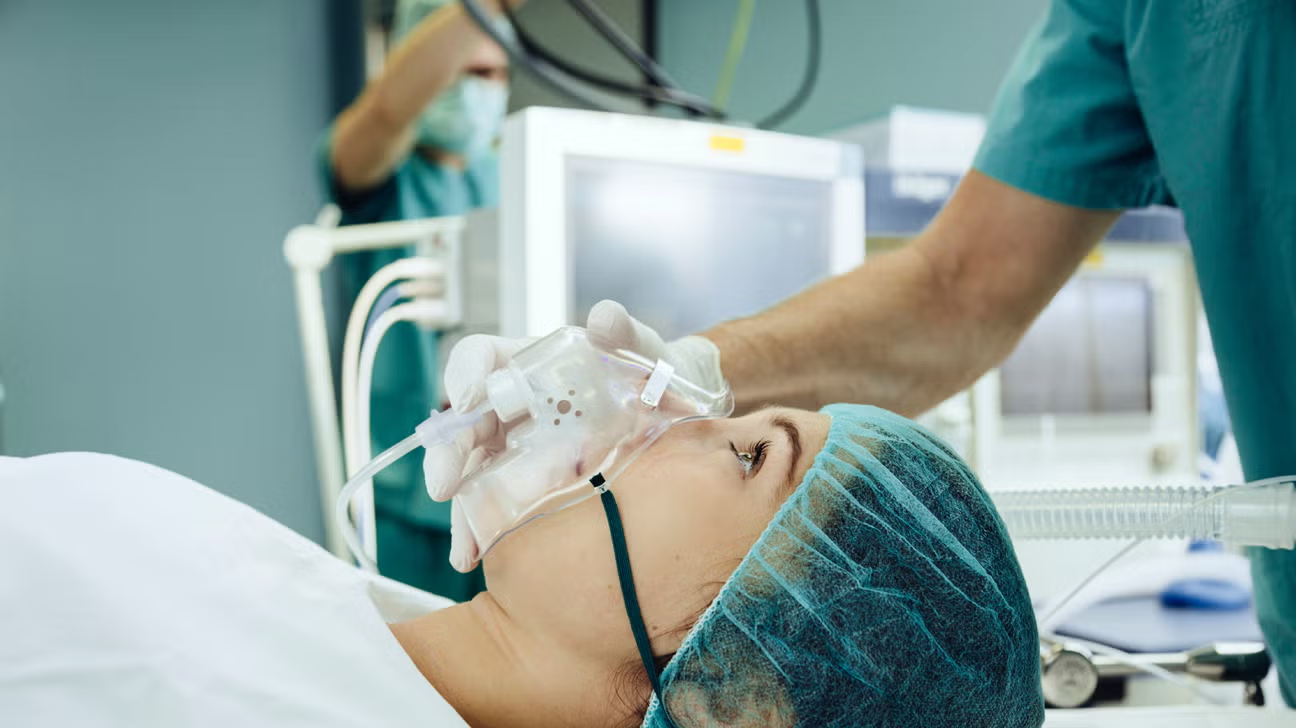Safety of patients starts well before the surgeon makes the first cut. Doctors must plan before the operation to grasp the patient’s health background, current state, and possible dangers. This involves examining diagnostic scans, test outcomes, and talking to other experts when needed. By outlining each step of the procedure and predicting issues, surgeons can reduce surprises and ensure a smoother operation.
Clear Talk with the Surgery Team
Clear and consistent communication among the surgical team has a crucial impact on patient safety. Surgeons should create an environment where nurses, anesthesiologists, and technicians feel they can speak up if they spot a potential problem. This open culture can stop mistakes and lead to better results. Using standard communication protocols, like SBAR (Situation, Background, Assessment Recommendation), helps to convey key information. Regular team talks before and after surgery also keep everyone on the same page and aware of what they need to do.
Real-Time Monitoring and Adaptation
During surgery, doctors must keep a constant eye on the patient’s vital signs and body reactions. Surgeons need to be able to change their plans based on what the data shows in real time. This includes tweaking anesthesia amounts, changing how they operate, or stopping the surgery if needed.
High-tech monitoring equipment gives clear details about heart rate, oxygen levels, blood pressure, and other key factors. These tools let doctors step in right away if something goes wrong, which cuts down on the chance of problems. Keeping alert and ready to act throughout the whole procedure is a key part of safe surgery.
Use of Advanced Surgical Tools and Techniques
Today’s surgical tools and methods have a big impact on making operations safer for patients. Take invasive procedures as an example. They cut down on trauma, make infections less likely, and help people recover faster. Doctors who keep up with new tech can give safer and better care.
Baxter Advanced Surgery stands out as a key player in this field. They offer a range of products that aim to boost surgical accuracy and keep patients safe. When surgeons add these tools to their work, they can lower risks during surgery and get better results after.
Watching and Following Up After Surgery
Patient safety continues after surgery ends. To keep an eye on complications, control pain, and make sure healing happens, care after the operation is crucial. Surgeons need to give clear recovery instructions, write prescriptions for the right medicines, and set up follow-up visits at the right times.
Working with nurses and primary care doctors helps keep care consistent. Surgeons should also teach patients and their families about red flags to look out for, like a high temperature, too much bleeding, or strange pain. Checking in can spot problems and stop patients from having to come back to the hospital.
Conclusion
Making sure patients are safe during surgery takes a lot of work. It’s about careful planning good team talk using top-notch tools and keeping a close eye on things after. Every part counts. Doctors who put safety first don’t just look after their patients; they raise the bar for everyone. As new tech and methods come along, keeping things safe should always be the focus of any operation.














Leave a comment